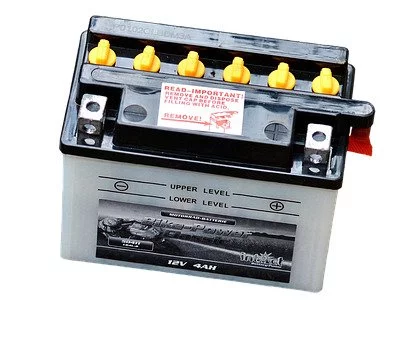‘Cell and Battery are not the same things‘. How?
We all use Batteries in our daily life. Mobiles, Laptops, wall clocks and some other devices need this to work. Do you know why we use a Battery? Yes, it is the source of electricity. In recent times, Electric cars gained popularity. These cars also use batteries as a source of electricity.
You might have heard the term Cell in electricity as well. What is a Cell? Are Cells and Batteries the same things? In this article, I’m going to clear your doubts by explaining those.
Contents in this article:
- What is a Cell?
- What is a Battery?
- Differences between Cell and Battery.
- Types of Cells for Battery
What is a Cell?

A Cell of a Battery is the unit that converts electrical energy into chemical energy and vice versa. It consists of electrolytes. The chemical energy arises due to chemical reactions inside the cell. In some devices like cell phones, electric cells are embedded inside them and these cells supply electricity to the phone.
What is a Battery?

A Battery is the collection of one or more cells, stores chemical energy and releases it whenever we connect the battery to a closed circuit. Batteries are used as the sources of electrical power. When a Battery is connected to a circuit, it supplies electrical energy to the different components of the circuit.
The function of Cells in a Battery
A Battery stores chemical energy in it before its use. From where this energy comes?
A cell produces chemical energy from the chemical reactions occurred inside it. The phenomenon is called Electrolysis. Battery stores this chemical energy. When we connect the battery to a circuit, its cells convert the stored chemical energy into electrical energy and help the battery to supply electricity to the circuit.
Thus the cells of a battery produce chemical energy by chemical reactions during the charging of the battery and convert chemical energy into electricity during discharging of the battery i.e. during the usage of the battery.
Differences between Cell and Battery
| SL No. | Cell | Battery |
| 1 | A Cell is a single unit. | A Battery consists of cells of different combinations. |
| 2 | Cells produce chemical energy and convert it into electricity. | Batteries store the produced chemical energy. |
| 3 | Cells can be used as sources of electricity for a short period. | Batteries can be used as sources of electricity for a long period. |
| 4 | Most of the Cells are non-rechargeable i.e. a cell can be used only once. | We can reuse most of the batteries by charging them. |
Different types of Cells for Batteries
Cells can be classified into four types –
- Primary Cells
- Secondary Cells
- Reserve Cells
- Fuel Cells
Primary Cells
The cells or batteries that are non-rechargeable are the Primary cells or primary batteries. These cells can be used once i.e. primary cells are use-and-throw type cells. Daniel cells, Leclanche cells, Voltaic cells, etc. are examples of primary cells.
Secondary Cells
Secondary cells are electrically rechargeable cells. After the usage i.e after discharging of the cells, these can be charged again by applying electric current in the reverse direction. This process is known as the charging of a cell or battery. Thus a secondary cell or battery can be used several times. Lead acid accumulators, Edison Alkaline cells, Lithium ions cells, Nickel-Cadmium cells, etc. are some examples of secondary battery cells.
Reserve Cells
In Reverse cells, the electrolyte is kept isolated from the main components of the cells and activated whenever it is needed. This mechanism reduces the self-discharging of the battery. Thermal batteries have such kind of mechanism. Reverse cells have wide applications in missiles and weapon systems.
Fuel Cells
Fuel cells don’t have active materials inside them. These cells can generate electrical energy as long as the active materials are inserted from an external source. On removal the sources of active materials, fuel cells stop producing energy and the Fuel battery stops working. Electric cars, space vehicles, etc. use fuel cells or fuel batteries as a source of electricity. These vehicles gain kinetic energy from the electrical energy of fuel cells.
Summary
Cells and batteries are not exactly the same, but one consists of another. A cell is a single unit and a battery consists of a combination of cells. Cells in a battery generate and convert energy and the battery stores the energy in bulk. Battery supplies the electricity to a circuit connected to the battery. There are four types of cells for batteries – some are rechargeable and some are not. Electric vehicles use fuel cells as a source of electricity.
This is all from this article. Hope you understand what are cells and batteries and what are their functions. If you still have any doubts, ask me in the comment section.
Thank you!
Related article: